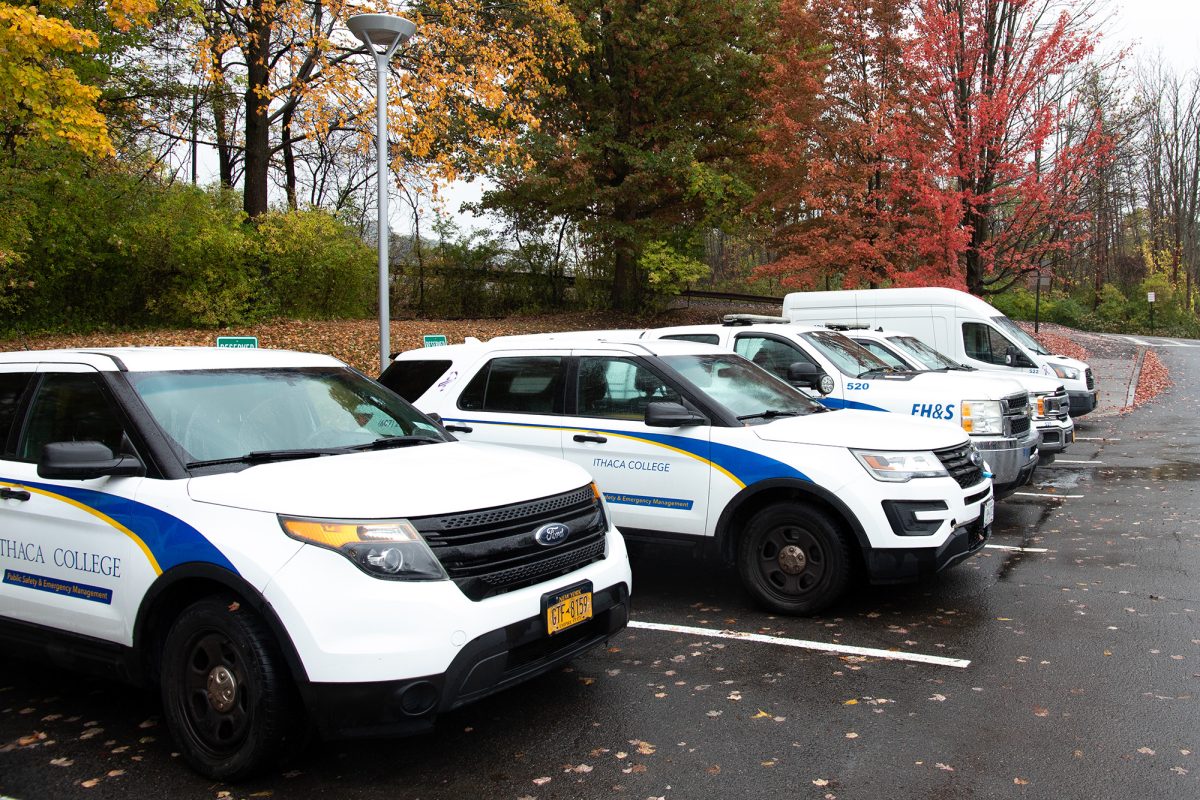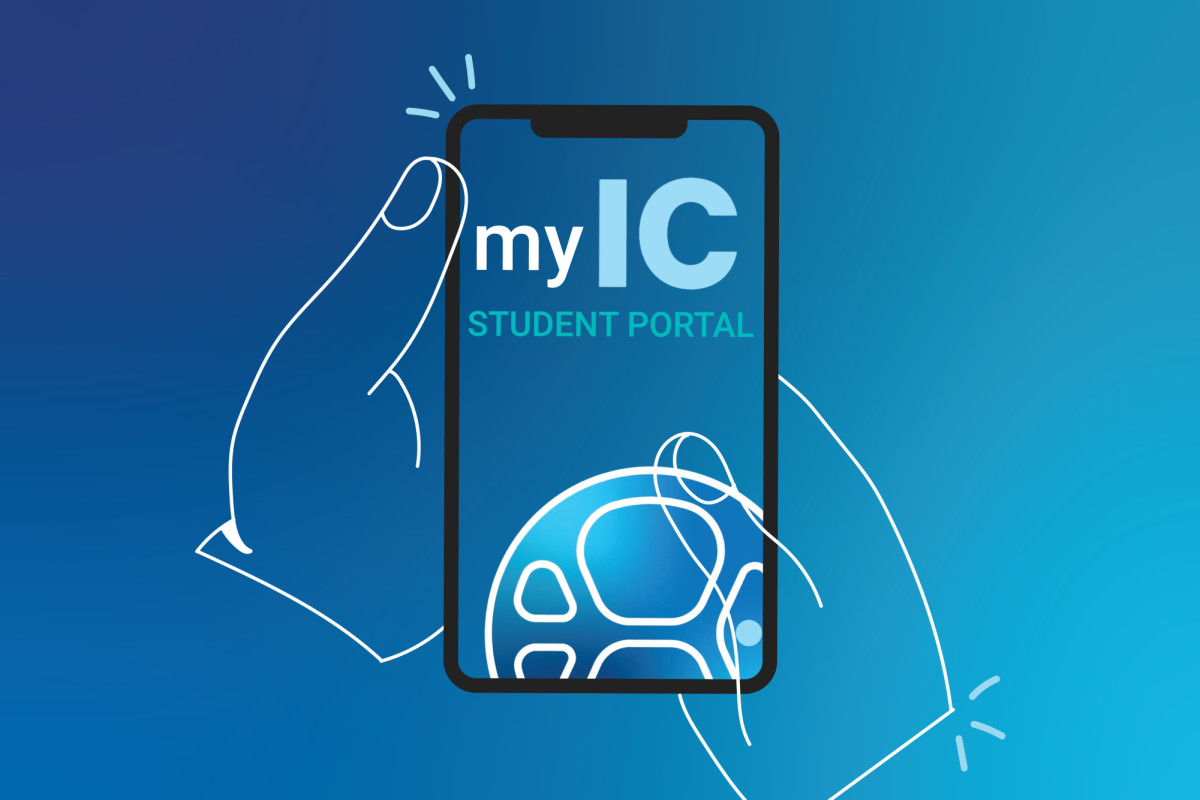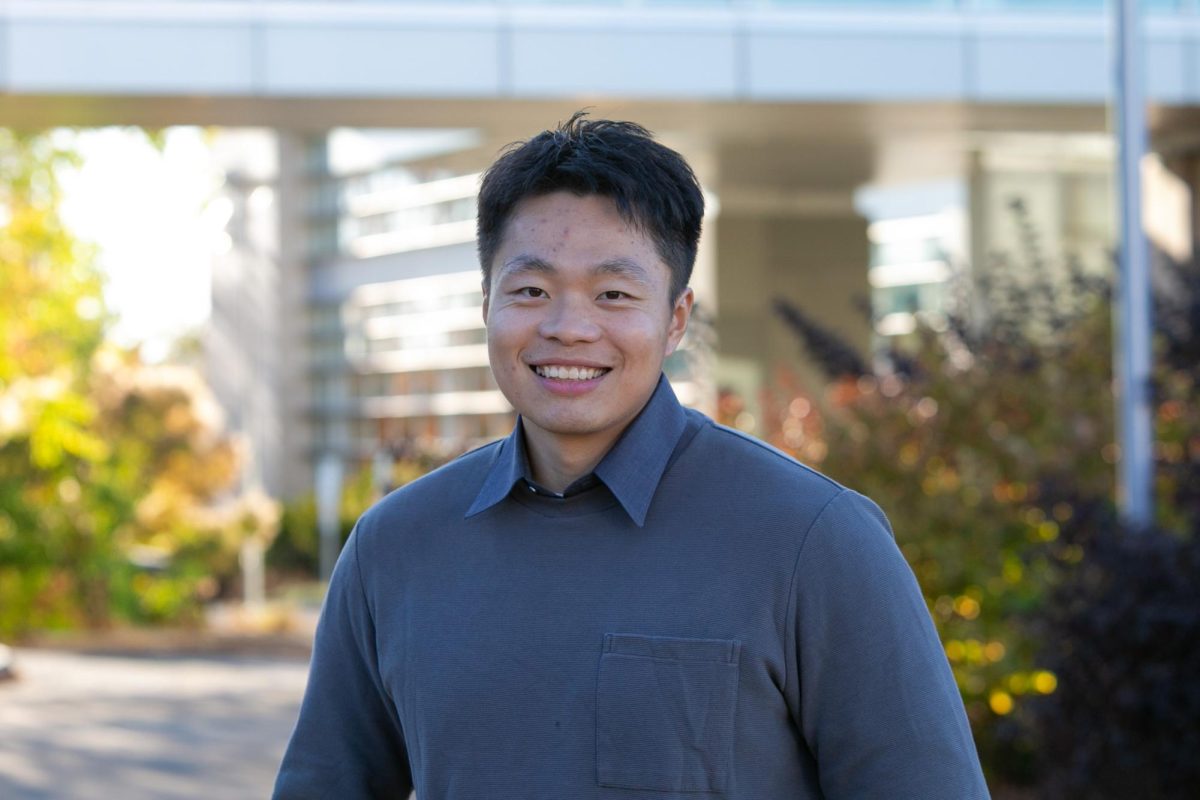Aimee Dars Ellis, assistant professor of management in the School of Business at Ithaca College, logs onto her Twitter account from her office computer. As @doctordarzy, Ellis sends her 140-characters-or-fewer tweets out into the Twitterverse. They’re viewable to everyone, but she has a specific audience in mind — her students.

She sent her first tweet April 2, 2009, and said it was an experiment for class-related announcements. In the past few weeks she sent tweets warning of impending deadlines and linking to articles pertaining to class discussions.
Ellis said she sends messages like these to reach out to students through a technology platform with which many of them are already familiar.
“There are so many challenges to [holding] students’ attention,” Ellis said. “That is the struggle — to find the right mix of social media students respond to. And for me, it is an ongoing quest.”
A growing percentage of faculty members at institutions of higher education like the college are attempting to tap into the networks their students are already heavily using outside the classroom. Some faculty members at the college are incorporating social networking platforms, such as Twitter; collaborative creation platforms, such as blogs or wikis; and learning management systems offered by the college, such as myHome, to engage their students both in and out of the classroom.
A University of Colorado–Denver study conducted by professor Joanna Dunlap and doctoral candidate Patrick Lowenthal in 2009 found that students tweeting for class were more cognizant of class material because they sustained interactions outside of class time.
Junior Dylan Hulser was one of the students in Ellis’ Organizational Behavior and Management class, for which she started tweeting. Hulser, who has been using Twitter for more than two years, said he benefited from the increased out-of-the-classroom communication with Ellis.
“You’d never want your professor to call you and say, ‘Hey, I hope you’re working on your essay,’” Hulser said. “But just to have something come to your phone or to look on your [Twitter] timeline and see, ‘Essay’s due tomorrow. Hope you’re enjoying it,’ or something like that is nice.”
Kurt Komaromi, assistant professor of marketing and law, began using social media in his classes about five years ago by requiring his students to create and maintain blogs.
“Students have grown up with social media, and it’s integrated into their lives,” he said. “If you want to connect with students effectively, having some social media skills would be very helpful to you. It gives you more flexibility in delivering content than [in] just a traditional classroom experience.”
Kimberly Baker, assistant professor of sociology at the college, said the success of social media as a teaching tool is largely dependent on the campus.
“I actually don’t allow computers in my classrooms anymore because students watch soccer games and surf the Web and chat with their friends,” Baker said. “It ends up being a distraction here.”
But Baker said even amid anecdotal case studies of heavy social media use, the college seems to be less open to a full integration of social media in the classroom as compared to larger institutions like the University of Texas–Austin where she used to work.
“I brought this real interest in using technology to Ithaca, but Ithaca doesn’t have the same culture [as the University of Texas-Austin],” Baker said. “I really have trouble getting students to participate.”
The potentially time-consuming and distracting nature of social media platforms like Twitter is identified as another drawback to the use of social media in the classroom, according to a 2008 paper “Can We Use Twitter for Educational Activities?” The study was conducted by professor Gabriela Grosseck of the West University of the Timisoara and doctoral candidate Carmen Holotescu of the Politehnica University Timisoara in Romania.
Andy Petroski, director and assistant professor of learning technologies at Harrisburg University of Science and Technology and organizer of the Learning and Entertainment Evolution Forum, has also experienced the setback of students being reluctant to adapt social media skills to the classroom.
“Students are adept at social networking … but they’re not necessarily adept at using them for learning,” Petroski said.
But some research shows that social media tools grow quickly when used in a proper college setting.
A 2009 study at the University of Leicester, “Twittering the student experience,” found students developed intricate networks of support through Twitter, even when first introduced to the platform.
“In a relatively short period of time, the participants formed quite sophisticated peer networks, following up to 60 accounts with the ratio of following to followers at 1.5,” the study said.
Mark Hall, assistant professor of modern languages and literatures at the college, posts his class materials on myHome, the college’s Web portal for the campus community. Hall requires that students submit questions in class, which he later answers.
“Especially in foreign language classes, students are hesitant to ask questions because they feel self-conscious,” Hall said. “This was a way for me to [give] the biggest benefit to the class.”
Rachel Wagner, assistant professor of philosophy and religion at the college, said social media platforms work best in process courses — courses that involve students taking individual responsibility for their learning process.
“How do you balance the mood of social media with the goals of academic learning?” Wagner said. “The pedagogical justifications have to be in place. If you’re using social media in a course that learning can happen in that sort of very informal journaling kind of way, then social media is a natural match.”
Komaromi said the most important point for professors to keep in mind is that the tools they use should benefit their students ultimately.
“[Social media], in and of itself, can’t replace the quality of the in-class experience, but it can supplement it tremendously,” he said.






